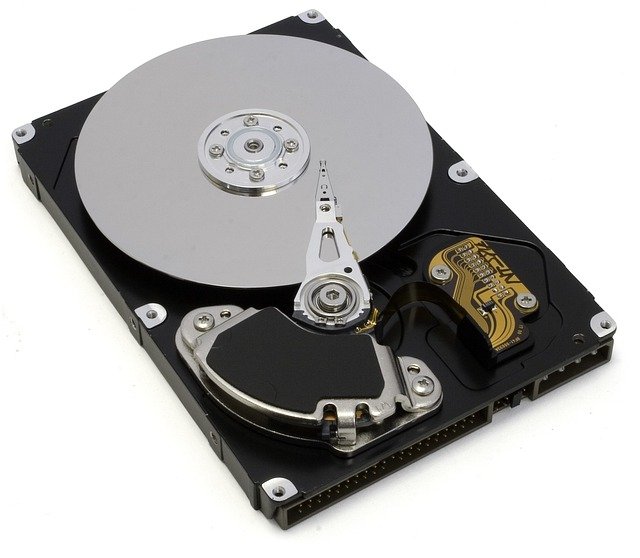A rapid-response checklist for accidental file deletion and drive damage
Immediate action after deleting files or noticing drive errors improves chances of successful recovery. This checklist focuses on safe, practical steps for users facing accidental file deletion, corruption, or hardware faults on SSDs, HDDs, RAID arrays and NAS devices.

When a file is accidentally deleted or a drive shows signs of failure, calm, methodical action matters more than haste. Begin by stopping write activity on the affected device and documenting what happened: which files, what drive type, any recent changes to partitions, firmware updates, encryption settings or cloning attempts. Note visible errors, beeps, or diagnostic LED patterns on NAS or RAID enclosures. Avoid software installs or automatic OS updates on the affected machine to preserve file integrity and checksums for later analysis.
Immediate steps after file deletion
If a file is deleted, don’t continue using the drive. Unmount or disconnect the volume if possible and check backups first. If you have a verified backup, restore from that rather than attempting risky recovery. If no backup exists, create a sector-level clone of the disk to a separate device before any recovery attempts; cloning preserves the original media and prevents further corruption. Use read-only tools where available to list lost files, and avoid commands that write to the drive’s partition table.
Diagnosing SSD and HDD faults
Distinguish SSD behavior from HDD warnings: SSDs may show firmware or sudden failure modes, while HDDs often present clicking sounds or slow reads. Run non-invasive diagnostics that query SMART data, firmware version, and error logs; do not attempt physical intervention. For firmware-related issues, seek vendor guidance—firmware updates can fix bugs but applying them incorrectly can worsen corruption. Keep a record of checksum or integrity checks performed before and after diagnostics.
Handling RAID arrays and NAS devices
RAID and NAS environments add complexity: degraded arrays, missing disks, or mismatched drive order can prevent simple recovery. Do not rebuild a RAID without understanding the array metadata; a mistaken rebuild can overwrite remaining data. Document disk positions, RAID level, and controller firmware. If a NAS shows file corruption or partition errors, export the entire array or image each drive before attempting reconstruction, and preserve all logs for forensic review.
Preventing and detecting file corruption
Regularly verify file integrity using checksums and automated integrity scans. Implement periodic backups and versioning to limit data loss from corruption. When corruption is suspected, compare checksum values from backups or cloned images to detect where data diverged. Maintain clear partitioning and metadata practices so partitions aren’t accidentally formatted. Corruption symptoms include unreadable files, application errors opening data, or mismatched checksums during validation.
Encryption, cloning and forensics considerations
Encrypted volumes require particular care: do not attempt recovery without the correct keys or credentials, and avoid reformatting encrypted partitions. Cloning encrypted drives is still useful—an exact sector copy preserves encrypted data for offline analysis—however forensic tools may be required to recover content. Maintain chain-of-custody documentation if recovery needs legal or compliance review; forensic steps should be performed by qualified specialists to preserve evidentiary integrity and metadata.
Diagnostics and when to call local services
Run non-destructive diagnostics first: SMART checks, read-only cloning, and integrity verification. If diagnostics indicate hardware failure, firmware corruption, degraded RAID structures, or complex encryption issues, contact experienced local services or certified technicians rather than continuing risky attempts. Keep notes about symptoms, prior firmware updates, partition changes, and any attempted fixes so technicians can triage faster. Proper diagnostics reduce the chance of irreversible damage.
In conclusion, a systematic, low-risk approach maximizes the chance of recovering files from SSDs, HDDs, RAID arrays and NAS devices. Prioritize stopping writes, preserving images and checksums, documenting the incident, and escalating to forensic or specialist services when hardware faults, firmware problems, complex encryption, or RAID issues are involved. Regular backups, integrity checks, and clear recovery procedures remain the most reliable safeguards against permanent data loss.






